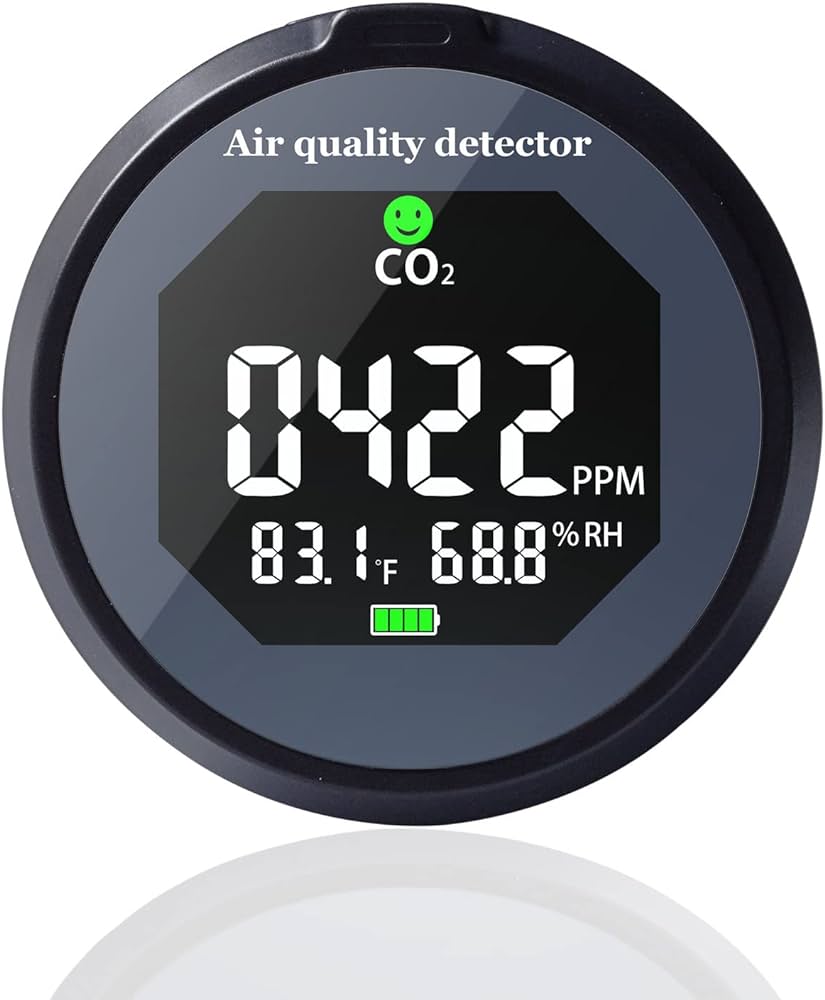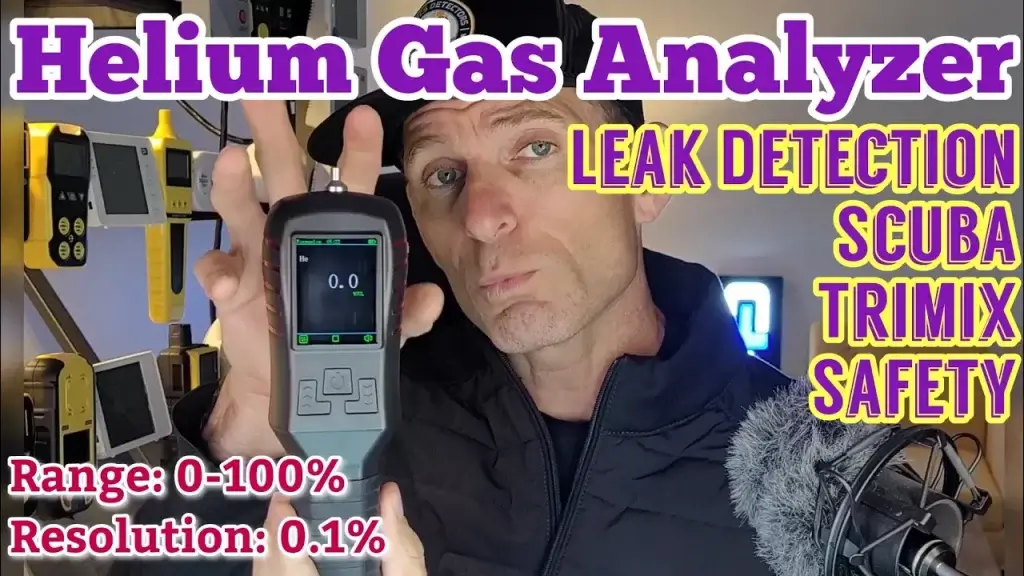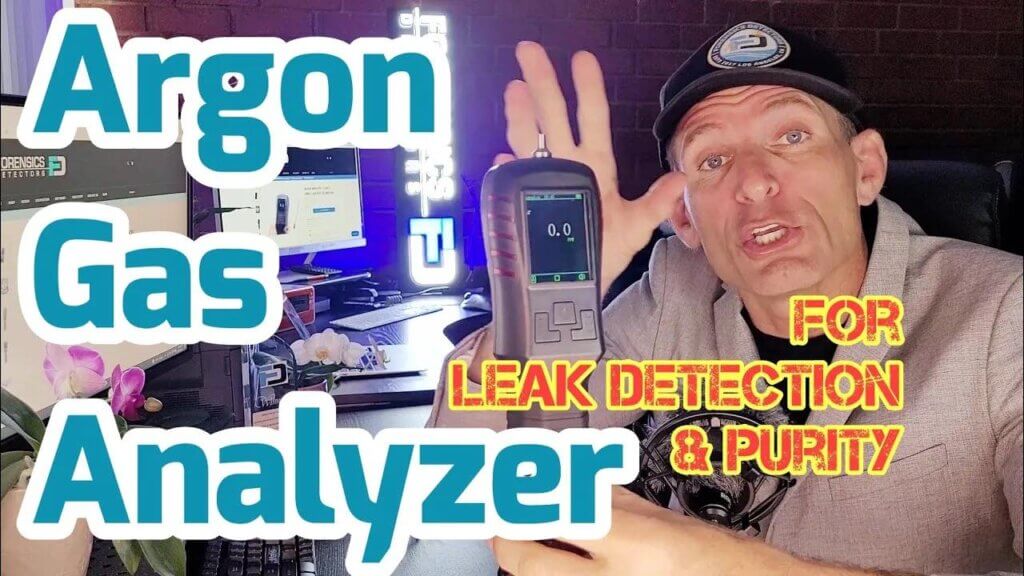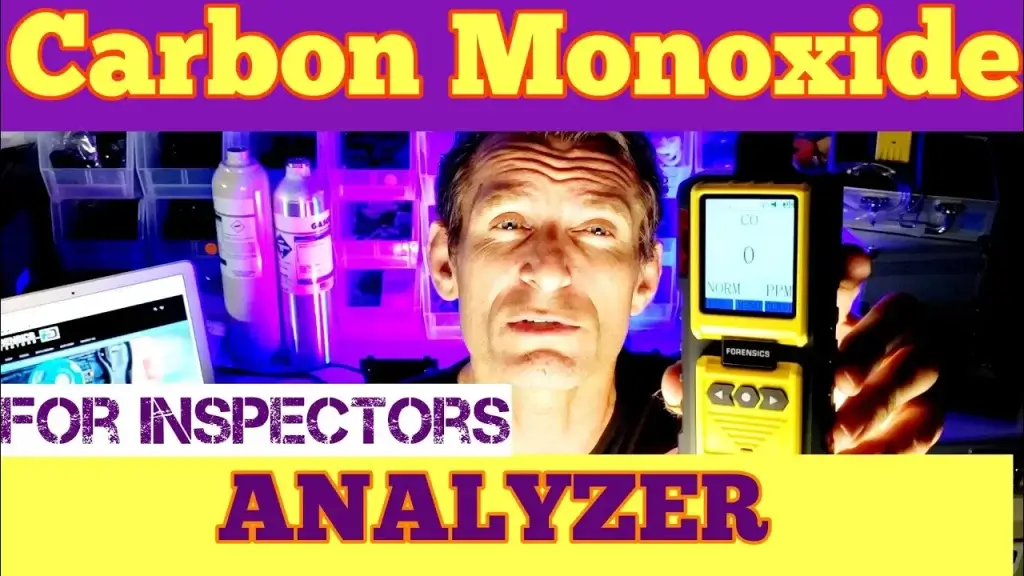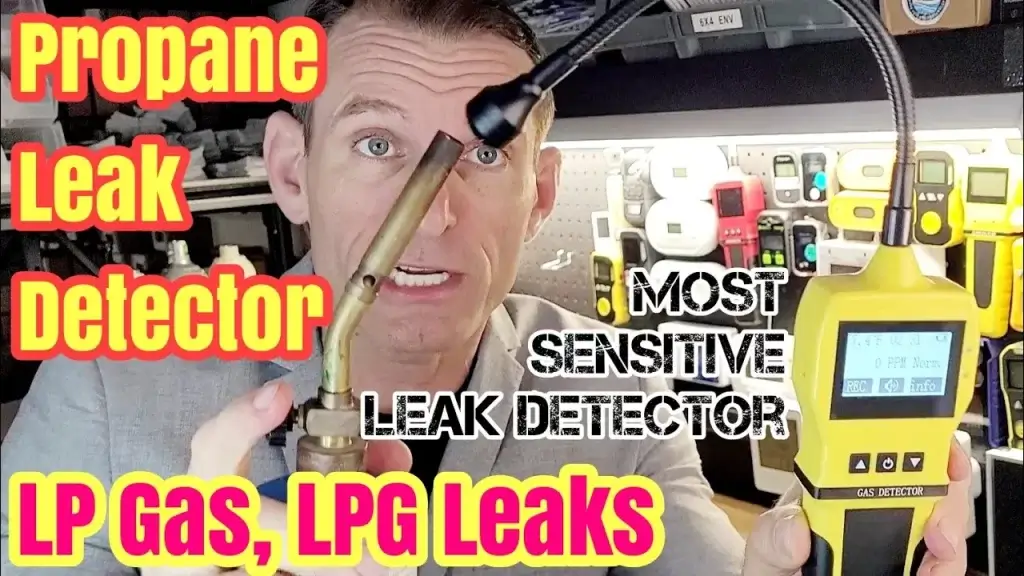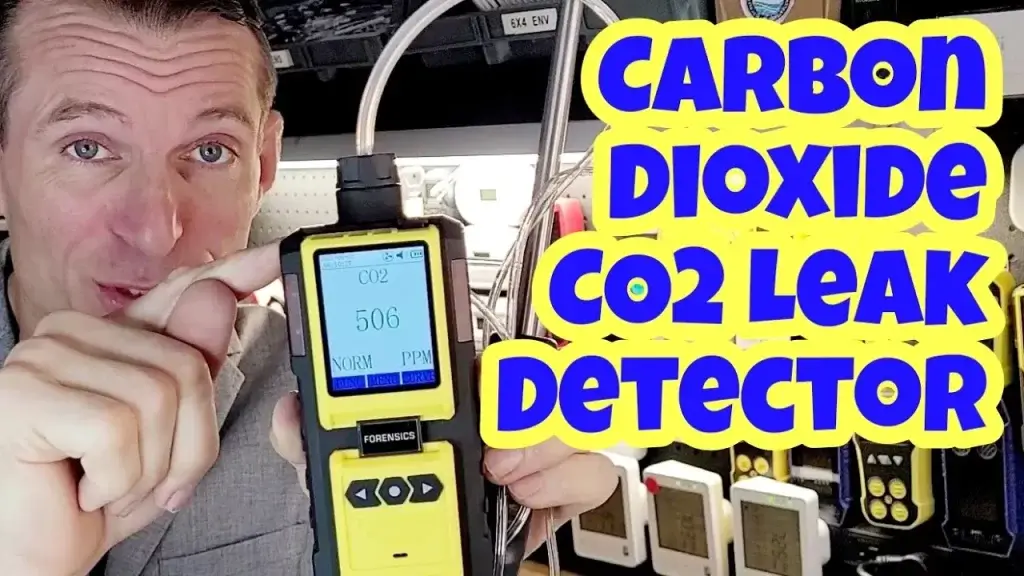Contents
- The Importance Of Co2 Monitoring In Wine Production
- Effects Of Excessive Co2 On Wine Quality
- Safety Concerns With Co2 In Winemaking Facilities
- Common Sources Of Co2 In Wineries
- Fermentation: The Primary Source
- Additional Co2 Generation During Winemaking
- Modern Co2 Leak Detection Technologies
- Infrared Sensors For Accurate Measurement
- Emerging Innovations In Co2 Sensing Equipment
- Best Practices For Implementing Co2 Detectors
- Strategic Placement Of Sensors In Cellars
- Routine Maintenance For Reliable Readings
- Responding To Co2 Leaks In Winemaking
- Immediate Steps To Take Following Detection
- Long-term Strategies To Prevent Future Leaks
- Regulations And Standards Guiding Co2 Detection
- Compliance With Health And Safety Regulations
- Frequently Asked Questions For Co2 Leak Detection For Wine Quality In Cellars & Production
- How Do You Test Co2 In Wine?
- How Do You Test Co2 Quality?
- How Much Co2 Is Released For Wine Making?
- How Much Residual Co2 Is In Wine?
- Conclusion
CO2 leak detection is crucial for maintaining wine quality in cellars and production areas. Accurate detectors ensure the safety and preservation of the product.
Ensuring high-quality wine production involves constant monitoring of environmental factors, one of which includes the levels of carbon dioxide (CO2) in cellars and production facilities. Elevated CO2 levels can signal fermentation issues or even pose a risk to personnel safety, making effective CO2 leak detection systems an essential component of wine quality assurance.
Modern detection technology provides vintners with the tools to quickly identify and address any CO2 discrepancies, thus safeguarding the integrity of their wine and the well-being of their teams. Precise monitoring also assists in maintaining the ideal conditions necessary for the fermentation process, which is vital to achieving the desired flavor profiles and characteristics of the wine.
As an integral part of winery operations, CO2 leak detection contributes significantly to the overarching goal of producing exceptional wines.

The Importance Of Co2 Monitoring In Wine Production
Maintaining the right atmosphere in winemaking is critical. Carbon dioxide (CO2) levels play a huge role in the winemaking process. This gas is a byproduct of fermentation. Ensuring CO2 is at the proper level is key for quality and safety. Professionals use advanced sensors to monitor these levels. This process safeguards the wine’s flavor and protects workers in the facility.
Effects Of Excessive Co2 On Wine Quality
Too much CO2 can be trouble. It impacts the taste, aroma, and maturity of wine. Winemakers aim for balance. Precise CO2 control can mean the difference between a good and a great wine. It affects crucial factors:
- Flavor profile: Too much CO2 can alter the wine’s intended taste.
- Aging process: Correct aging needs controlled CO2 levels.
- Tannin development: Tannins give wine structure. CO2 levels influence their evolution.
Safety Concerns With Co2 In Winemaking Facilities
Inadequate CO2 control poses risks. High concentrations can be toxic. They may even lead to asphyxiation in confined areas. Oxygen levels can plummet, putting employees in danger. Regular monitoring with reliable detection systems is non-negotiable. It helps maintain safe working conditions by:
- Preventing oxygen depletion: Ensures adequate oxygen is present.
- Reducing health risks: Protects against potential CO2 poisoning.
- Complying with regulations: Meets occupational safety standards.
Common Sources Of Co2 In Wineries
The magical transformation of grapes into wine is no small feat. Behind the romance of winemaking lies a critical element that needs careful monitoring: carbon dioxide (CO2). While CO2 plays a crucial role in the winemaking process, it also poses risks when levels get too high in cellars and production areas. Winemakers must understand where CO2 comes from to ensure both the safety of their staff and the quality of their wine.
Fermentation: The Primary Source
Fermentation is the heart of winemaking. As yeast converts sugar into alcohol, CO2 is a natural byproduct. This process is the biggest contributor to CO2 levels in wineries. Let’s break down this process:
- Grapes are crushed: This releases the juice for fermentation.
- Yeast is added: Yeast begins consuming the sugars.
- CO2 is released: The fermentation creates CO2 gas.
Monitoring CO2 levels during fermentation is vital. High concentrations can lead to safety concerns, while proper management can ensure optimal wine quality.
Additional Co2 Generation During Winemaking
Besides fermentation, other stages in winemaking produce CO2. Let’s explore these often-overlooked sources:
| Winemaking Stage | CO2 Generation |
|---|---|
| Malolactic Fermentation | Secondary fermentation that softens wine acidity. |
| Lees Stirring | This process can release trapped CO2 in the wine. |
| Bottle Carbonation | For sparkling wines, adding sugar and yeast increases CO2. |
Understanding these additional CO2 sources helps winemakers manage gas levels for safety and preserve wine flavor.
Modern Co2 Leak Detection Technologies
Winemakers know that CO2 levels must stay just right. Too much CO2 can spoil wine. It can also be dangerous. Detecting CO2 leaks is crucial in cellars and during production. Today’s tech makes it safer and more accurate. Winemakers can breathe easy and focus on crafting the perfect wine.
Infrared Sensors For Accurate Measurement
Infrared sensors are key in modern leak detection. They measure CO2 levels with precision. Below are key benefits:
- Non-invasive: They don’t touch the wine or air directly.
- Continuous Monitoring: These sensors work around the clock.
- Immediate Alerts: Get alerts fast if CO2 levels rise.
Sensors send data to computers. This helps vintners act quickly if there’s a leak. High CO2 can make wine lose its taste. These sensors help avoid that.
Emerging Innovations In Co2 Sensing Equipment
New tech is changing CO2 detection. Here’s a look at some exciting developments:
- Smart Sensors: These sensors connect to the internet. They allow remote monitoring.
- Portable Detectors: Small devices for quick checks in different cellar areas.
- Nanotechnology: Tiny tech with big potential for ultra-sensitive detection.
Such innovations mean vintners can detect and fix leaks fast. This keeps wine quality high. It also keeps workers safe. The goal is always great wine and no accidents.
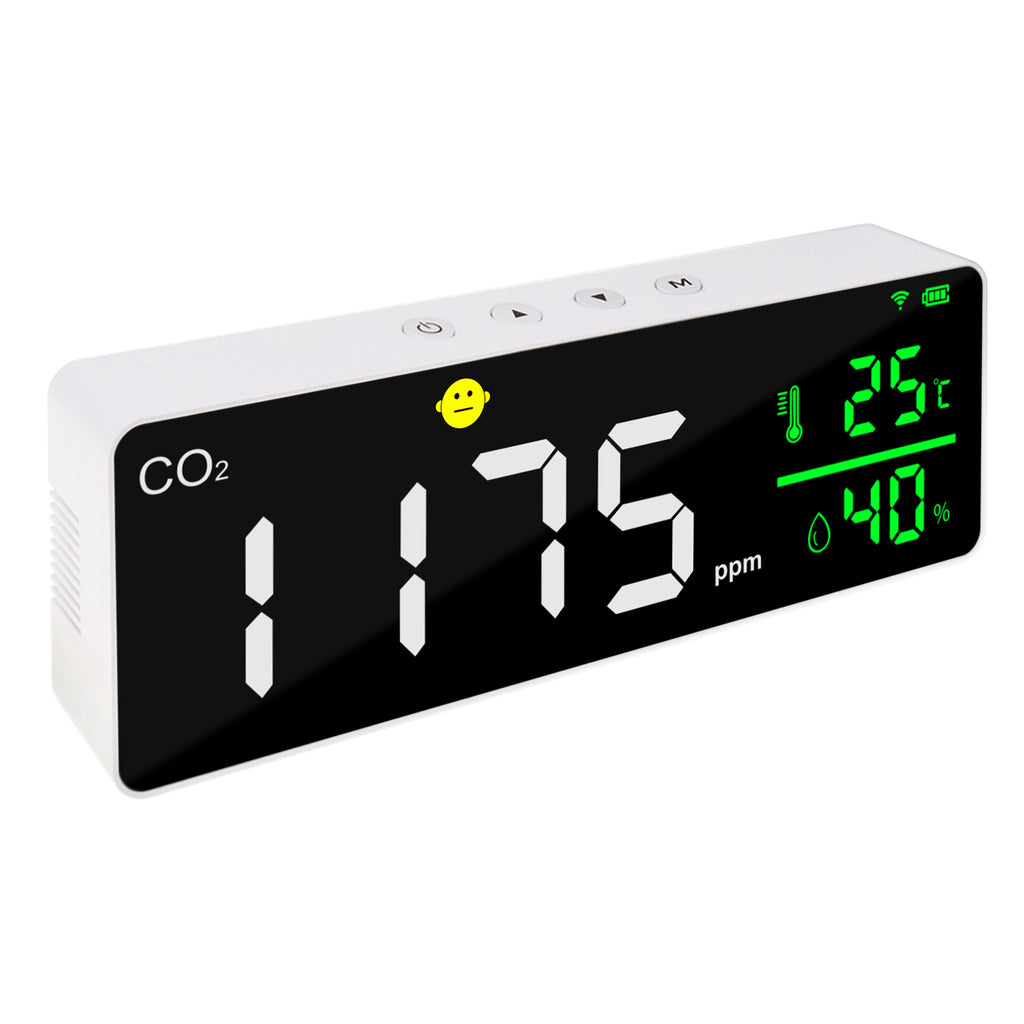
Best Practices For Implementing Co2 Detectors
Best Practices for Implementing CO2 Detectors are crucial for wine cellars and production facilities. Ensuring safe levels of carbon dioxide not only protects employees but also preserves the quality of wine. Let’s explore the critical steps for integrating CO2 detectors effectively.
Strategic Placement Of Sensors In Cellars
Placing CO2 sensors correctly is vital for accurate monitoring. Follow these guidelines:
- Install near fermentation tanks, where CO2 release peaks.
- Height matters. CO2 is heavier than air, so position sensors low.
-
Area Recommended Sensor Height Fermentation Area 12-18 inches above the floor Storage Zones At breathing level (4-6 feet) - Cover all zones. Place sensors in storage, fermentation, and bottling areas.
- Follow manufacturer’s guidance for the number of sensors based on space size.
Routine Maintenance For Reliable Readings
To keep CO2 detectors working well, stick to a maintenance schedule:
- Check sensors every 6 months. Calibration ensures precision.
- Clean regularly. Dust can cause false readings.
- Record maintenance actions in a logbook for future reference.
- Replace batteries yearly, or as recommended by the manufacturer.
- Test functionality with controlled CO2 emissions.
Remember, well-maintained CO2 detectors lead to safer cellars and better wine.
Responding To Co2 Leaks In Winemaking
A silent but potent risk in wineries, CO2 leaks can compromise wine quality and pose serious safety hazards. Detecting and addressing these leaks promptly ensures the well-being of staff and the integrity of the precious vintages. The right response strategy is a blend of immediate action and preventive measures.
Immediate Steps To Take Following Detection
- Evacuate the area: Remove all personnel from the cellar.
- Shut down production: Cease winemaking processes immediately.
- Wear safety gear: Use personal protective equipment before re-entry.
- Ventilate the space: Increase airflow to disperse the gas.
- Identify the source: Locate the leak to assess the damage.
- Repair the leak: Fix the issue using professional help if needed.
- Test the air quality: Use CO2 detectors to ensure levels are safe.
Long-term Strategies To Prevent Future Leaks
| Strategy | Description | Benefit |
|---|---|---|
| Regular Inspections | Check equipment and storage tanks frequently. | Early leak detection. |
| Quality Equipment | Invest in reliable CO2 detectors and alarms. | Quick leak alerts. |
| Staff Training | Educate teams on CO2 risk and response plans. | Enhanced safety and readiness. |
| Maintenance Schedule | Implement a rigorous upkeep routine for all gear. | Prevent wear and tear. |
| Emergency Protocol | Develop a clear action plan for leak scenarios. | Efficient crisis management. |
By integrating these steps, wineries can not only respond effectively to CO2 leaks but also establish a robust framework to prevent future incidents, preserving both safety and wine quality.
Regulations And Standards Guiding Co2 Detection
Ensuring wine quality and safety in cellars and production areas is not just about taste and aroma. Carbon dioxide (CO2) levels play a crucial role. High levels can be dangerous. Knowing the regulations and standards for CO2 detection is key. They keep wine environments safe for both products and people.
Industry Benchmarks for Safe CO2 Levels
In wine cellars and production sites, proper CO2 management is critical. Each country has benchmarks for safe levels. The industry follows these strict guidelines:
| Country | Safe CO2 Level |
|---|---|
| USA | 5000 ppm |
| EU | 5000 ppm |
| Australia | 5000 ppm |
Continuous monitoring and control help maintain these levels. Wine producers keep CO2 under the safe threshold to protect workers.
Compliance With Health And Safety Regulations
Wine cellars must comply with health and safety laws. Detection systems ensure CO2 does not reach harmful levels. Regular checks and maintenance are mandatory. Here are key steps for compliance:
- Install certified CO2 detectors
- Conduct regular risk assessments
- Train staff on CO2 safety procedures
Detectors must meet specific standards, like IEC 60079 for explosive atmospheres. Companies that follow these steps create a safe working environment. They also ensure the well-being of their workforce.

Frequently Asked Questions For Co2 Leak Detection For Wine Quality In Cellars & Production
How Do You Test Co2 In Wine?
To test CO2 in wine, use a carbon dioxide test kit designed for winemaking. Follow the provided instructions to measure the CO2 levels accurately.
How Do You Test Co2 Quality?
To test CO2 quality, use a CO2 test kit or a digital CO2 meter. These tools measure concentration levels, ensuring they align with safety and industry standards. Regular calibration of testing equipment guarantees accurate results.
How Much Co2 Is Released For Wine Making?
Approximately 1. 28 kilograms of CO2 is released per bottle of wine produced. This estimate includes emissions from grape cultivation to packaging.
How Much Residual Co2 Is In Wine?
The residual CO2 content in wine typically ranges between 0. 9 to 1. 2 grams per liter. Sparkling wines contain significantly more, due to intentional carbonation.
Conclusion
Ensuring wine quality is non-negotiable. Precise CO2 leak detection proves critical in cellars and production areas. By investing in reliable monitoring systems, vintners safeguard their craft. Embrace technology for superior preservation and peace of mind. Taste the success with every flawlessly matured bottle.

